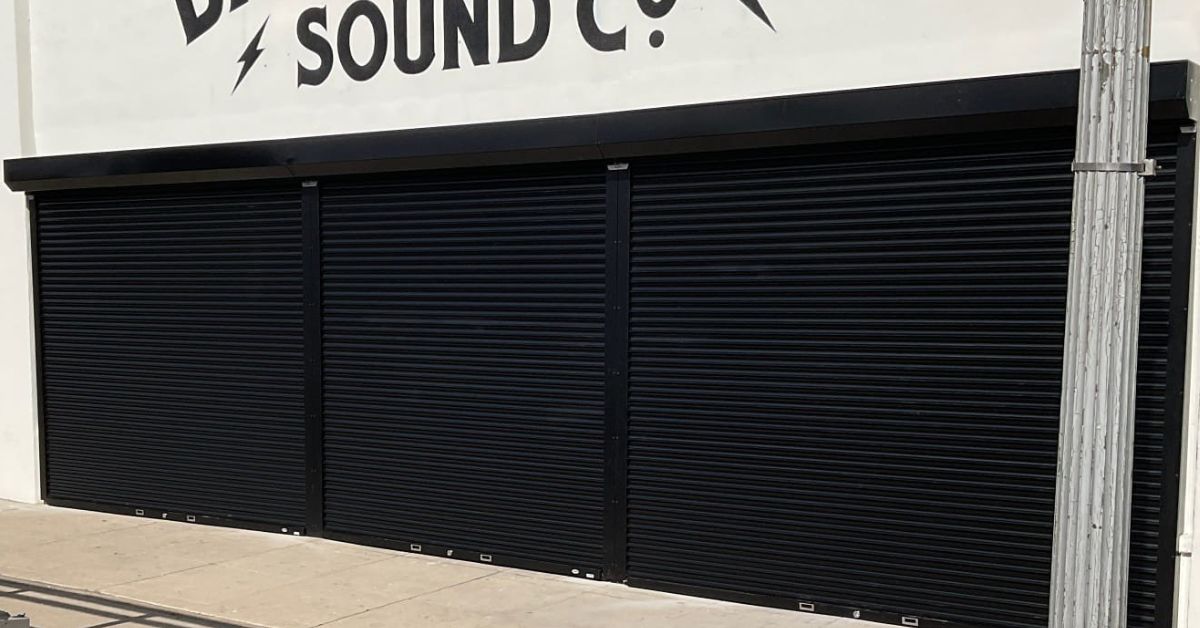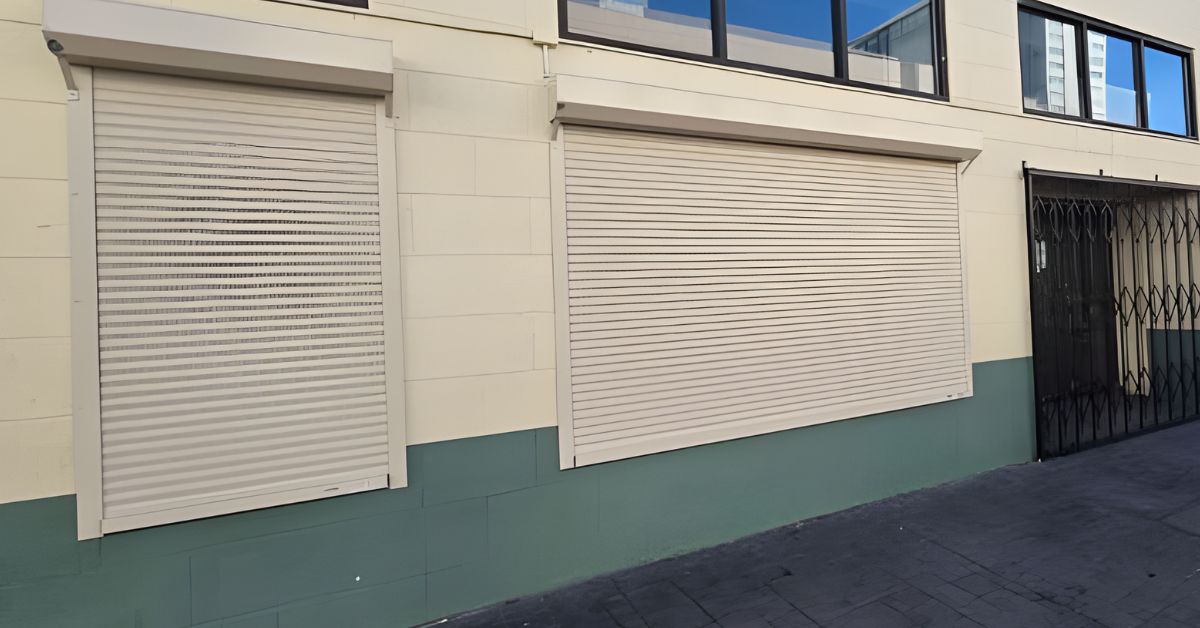When it comes to safeguarding your home or business, security shutters offer a reliable layer of protection. However, ensuring security shutters meet building code requirements is a critical step in the process. It requires an understanding of and adherence to specific regulations that vary by state, county, or municipality. Meeting these building code standards ensures safety, avoids legal headaches, and keeps your property insurance intact.
This guide will walk you through the key steps to make sure your security shutters are both secure and code-compliant, allowing you to enjoy peace of mind knowing your property is protected.
Research Local Building Codes
Building codes are not a one-size-fits-all set of rules. Every city, county, or state may have its own regulations when it comes to installing security shutters. Whether you’re a homeowner or a business owner, researching these codes is the first and most critical step in the process.
Start by visiting your local planning or zoning department website, where you’ll often find documents outlining specific requirements for your area. You may also want to call or visit in person for a more detailed explanation. For example, coastal cities prone to hurricanes may require shutters to meet high wind-load standards, while urban areas may focus on fire resistance.
Understanding these requirements upfront saves you from headaches later, such as fines or needing to redo an installation.
Obtain Necessary Permits
Before you purchase or install rolling security shutters, ensure you’ve secured all the necessary permits. Many municipalities require permits to verify that the installation will comply with local codes. This step is crucial to avoid delays, fines, or even the removal of non-compliant shutters down the line.
If your property is part of a Homeowners Association (HOA), don’t forget to check their rules as well. HOAs often have additional guidelines concerning property modifications, especially for outdoor installations. Before you get too invested in the process, contact your HOA to make sure rolling shutters are allowed. If they are, submit your shutter plans for approval before purchasing or installing anything.
Skipping this step could cost you time and money, so take the extra effort to get proper documentation.
Choose Certified Security Shutters
Not all security shutters are created equal. To meet building code requirements, your shutters must often be constructed from materials that meet safety and fire resistance standards. Certified shutters are tested and rated for performance in various conditions, whether that’s fire, wind, or impact resistance.
Focus on shutters manufactured by reputable companies with proper certifications. For instance, shutters certified by organizations like the National Fire Protection Association (NFPA) or American Society for Testing and Materials (ASTM) demonstrate adherence to stringent safety standards.
Always request documentation from your supplier to confirm the product meets the required codes for your area or business industry.
Ensure Correct Sizing
Installing security shutters involves much more than simply choosing a stylish design. Measurement matters when it comes to both security and compliance. Incorrectly sized shutters can lead to weak areas in your system, rendering them less effective and possibly non-compliant.
Begin by measuring the openings you’re looking to secure, accounting for factors like window or door frame depth and protruding hardware. Most building codes will mention specific dimension requirements that must be followed closely.
If you’re unsure, many security shutter providers, such as Pentagon, offer measurement services to make sure your shutters fit securely and correctly. Properly sized shutters not only enhance protection but also minimize drafts, noise, and potential installation challenges.
Follow Wind and Impact Standards
If you’re located in a hurricane-prone area, you’re likely familiar with the importance of wind-load ratings and impact resistance. Security shutters must meet these standards to effectively protect your property during extreme weather and remain compliant with local regulations.
Look for shutters that include advanced fastening technologies, such as a shutter retention system, to ensure they remain secure within the guide rails, can withstand high wind speeds, and resist impact from debris. Pentagon’s AnchorLoc shutter retention system is designed specifically for this purpose.
By investing in shutters that meet or exceed wind and impact standards, you can also sidestep insurance issues that might arise after storms or damage.
Check Emergency Egress Compliance
Accessibility during emergencies cannot be overlooked when installing security shutters. One of the key requirements in most building codes, especially for commercial properties, is that shutters allow for emergency egress, or exit.
Make sure to choose shutters that can be easily operated from the inside in case of an emergency, such as a fire or a medical situation. This feature ensures the safety of occupants and is a mandatory aspect in areas such as retail stores, schools, and office buildings.
There are different styles of shutters equipped with escape mechanisms like quick-release rods or levers. During installation, discuss these requirements with your contractor to ensure compliance.
Regularly Maintain and Inspect
Compliance doesn’t end after installation. Routine maintenance and inspections are essential for keeping your shutters in top shape and meeting ongoing building code requirements.
Create a maintenance schedule that includes cleaning the shutters, lubricating mechanical parts, and checking for wear and tear. Inspections should focus on ensuring all components, such as locks and frames, remain intact and functional.
Hiring a specialist for an annual or biannual inspection ensures that your shutters stay compliant and ready to perform during emergencies or extreme weather.
Document All Installations
Good record-keeping can save you from a lot of hassle, especially when it comes to proving compliance with building codes. Document everything, from permits and certifications to installation records and product specifications.
This documentation can be invaluable if an inspector asks for proof of compliance, if you’re filing an insurance claim, or even if you’re selling your property down the line. It demonstrates that you’ve followed proper processes to ensure safety and compliance.
It’s also a good habit to keep receipts and warranties that can simplify the servicing or upgrading process in the future.
Invest in Professional Installation
Installing security shutters isn’t a DIY project. Improper installation can result in non-compliance with codes and compromise the safety of your property. That’s why hiring licensed professionals is one of the smartest decisions you can make.
Experienced installers not only ensure that the shutters are mounted securely and functionally, but they can also handle the permitting process for you. They’re familiar with local codes and can make sure your shutters meet every requirement.
By working with professionals, you save time, reduce stress, and gain confidence knowing the job has been done correctly the first time.
Protect Your Property With Code-Compliant Shutters
Ensuring security shutters meet building code requirements may seem like a lot to tackle, but it’s essential for protecting your property, ensuring occupant safety, and avoiding legal or insurance troubles. By following the steps outlined here—from researching local codes and choosing certified shutters to documenting installations and conducting routine maintenance—you’ll be well-positioned to secure your space with confidence.
When you’re ready to take the next step, connect with a certified Pentagon professional who can guide you through the entire process and help you achieve compliance without stress. Find a Pentagon dealer in your area and start the process today.

